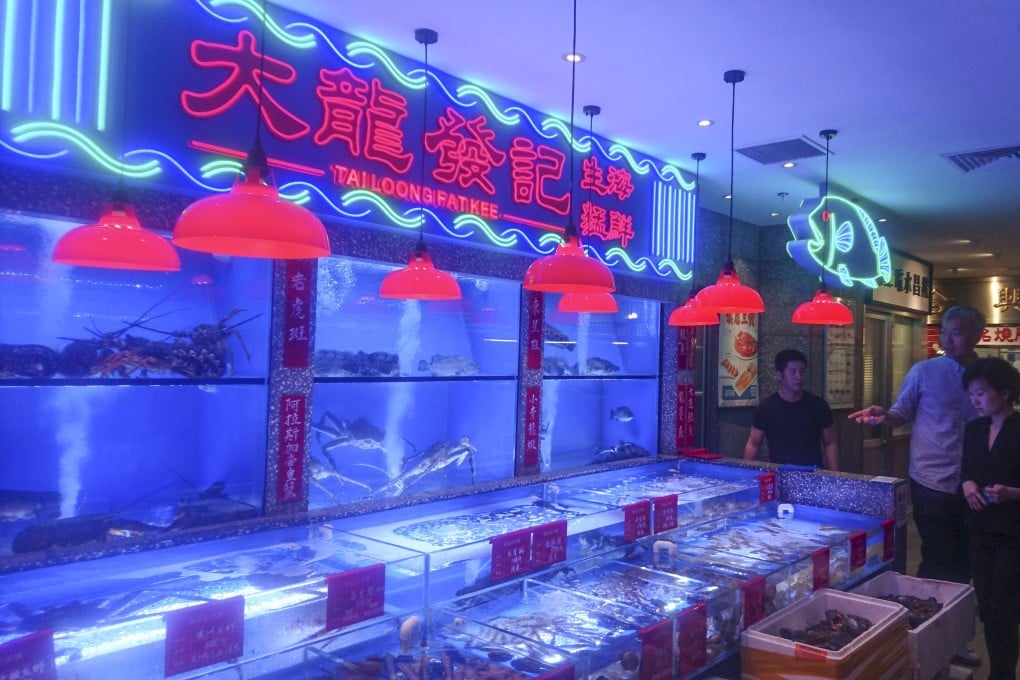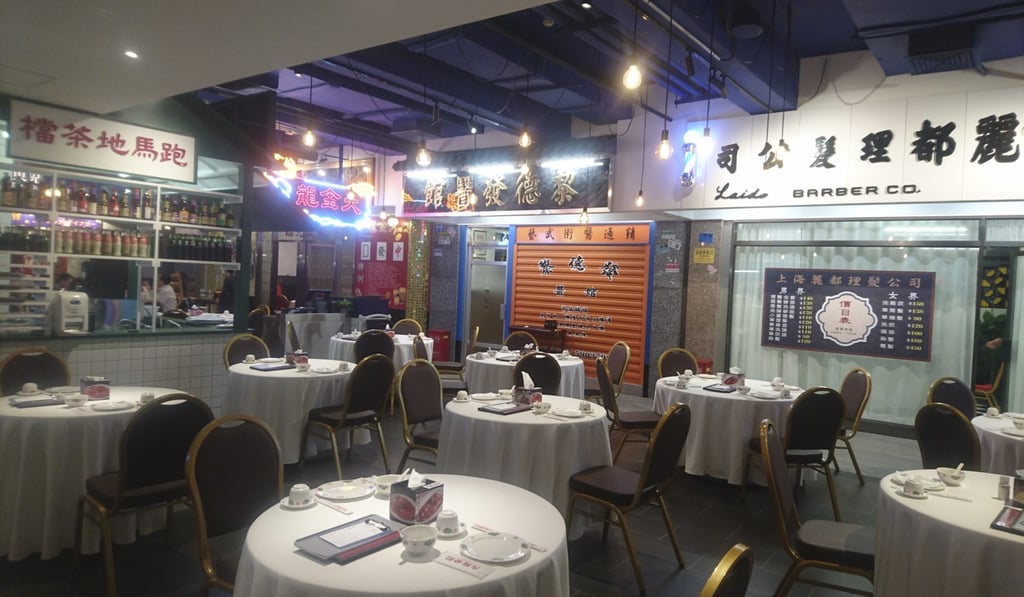Advertisement
Themed restaurants in Beijing: schoolroom, river boat, Mongolian yurt, Chinese royal garden among the options for a meal out
- There are plenty of Instagram-worthy places to eat in China’s capital city
- Here are five where the dining experience is as much about the ambience as the food
Reading Time:4 minutes
Why you can trust SCMP

Elaine Yauin Beijing
Eating out is no longer just about the food – it’s also about what you can snap for Instagram.
Restaurant aesthetics – from the decor to how the food is presented – have taken on unprecedented importance, prompting some restaurateurs to put just as much thought into how photogenic their concept is as what to put on the menu.
Beijing is home to royal palaces and imposing temples, and plenty of restaurants in the city have majestic ancient settings. Then there are those that promote “red tourism” – nostalgia trips that hark back to communist China’s early years. They are full of memorabilia dedicated to communist China’s first leader, Mao Zedong, and where staff wear the uniform of Red Guards, the young radicals who waged war on their elders and on everything old during the Cultural Revolution.
Advertisement
We tried a dozen themed restaurants in the Chinese capital, and have picked out five that offer visitors a surreal dining experience.

Advertisement
1. Tai Loong Fat Kee
Visitors to this recently opened establishment will spot various Hong Kong staples, including the Mong Kok MTR station, green Hongkong Post letterboxes and red KMB bus stops.
Advertisement
Select Voice
Choose your listening speed
Get through articles 2x faster
1.25x
250 WPM
Slow
Average
Fast
1.25x